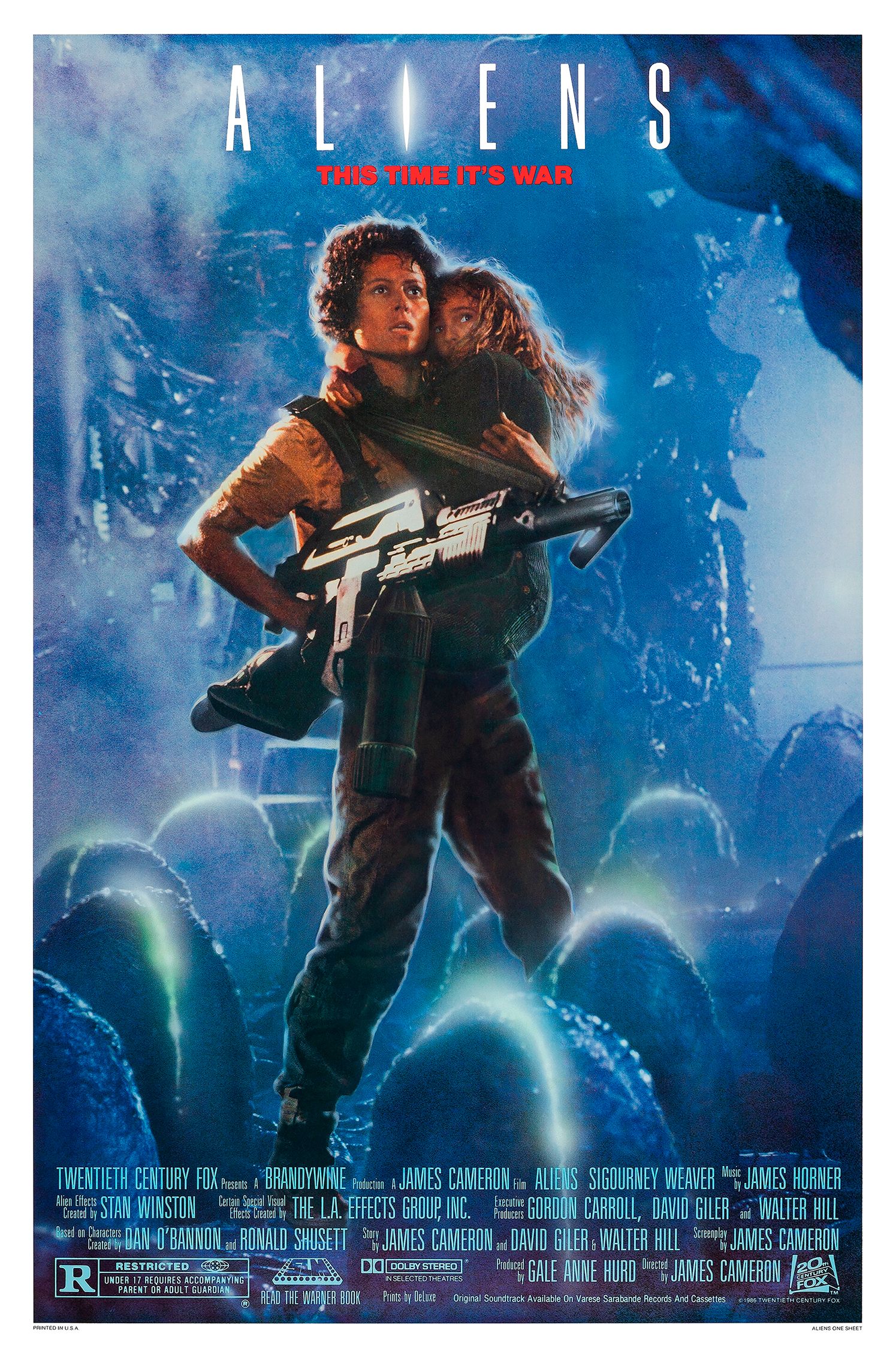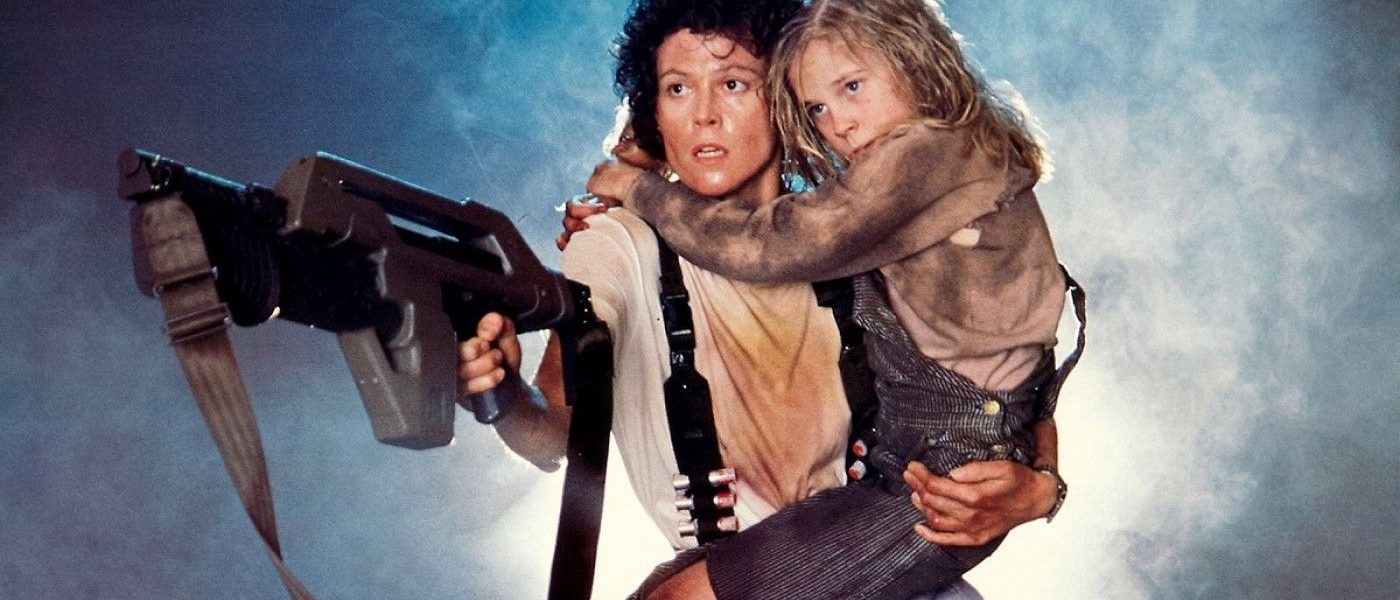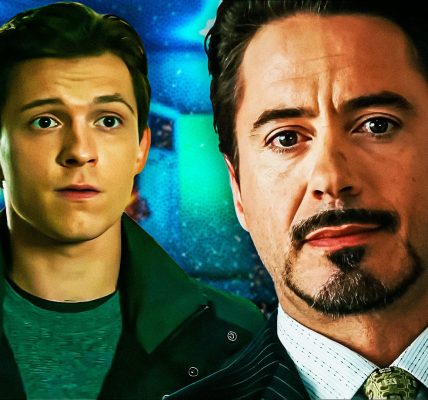The remarkable success of Ridley Scott‘s groundbreaking 1979 sci-fi horror film Alien naturally sparked a significant demand for a sequel. When 20th Century Fox decided to develop this follow-up, they turned to James Cameron, recognizing him as a reliable choice. This choice was well-founded, as Cameron had previously achieved substantial acclaim with his own sci-fi thriller, The Terminator. With Cameron on board to both write and direct what would evolve into Aliens, he transformed a relatively straightforward sci-fi concept into an expansive narrative filled with new dimensions and thrilling elements.
Cameron strategically set the sequel several decades after Sigourney Weaver‘s iconic character Ripley first faced off against a terrifying xenomorph. In this new adventure, Ripley is joined by a squad of Marines on a mission to investigate the mysterious disappearance of colonizers on the planet LV-426. As they arrive on the planet, the macho team—which includes the lone female Marine, Chavez, who is arguably tougher than her male counterparts—exudes confidence about their “bug-hunting” expedition. However, Cameron made a bold and unconventional choice by introducing a frightened young girl named “Newt,” portrayed by Carrie Henn, who had been surviving alone on the planet amidst the chaos of the vanished colonizers.
Understanding Newt’s Crucial Role in the Story and Her Significance
While some fans might have had mixed feelings about including the young character Newt in the narrative, her presence is critical as she represents the only visibly surviving colonist that the Marines encounter upon landing on LV-426. Nowadays, it’s common for filmmakers to introduce child characters to broaden the appeal of franchises to younger audiences—similar to the recent Ghostbusters: Afterlife. However, this was not the case with Aliens, which was always intended to be a straightforward R-rated film, complete with intense language and graphic violence. Newt’s introduction served three significant purposes: to provide a more innocent perspective in a perilous world, to heighten the stakes by placing this innocent child in jeopardy, and most importantly, to add depth to Ripley’s character, allowing viewers to explore facets of her personality that were not fully realized in Alien.
In fact, during a 2001 interview with journalist Randy Loffiicer, Cameron and producer Gale Ann Hurd discussed the decision to replace Jonesy the Cat from Alien with Newt. Cameron admitted that he couldn’t recall the specific reasoning behind Newt’s inclusion, but Hurd provided a more insightful explanation: “It’s crucial to have an emotional core to the film, which ideally elevates it beyond mere action, science fiction, and horror genres that often neglect to emphasize the importance of dramatic elements.”
The Erasure of Newt from the Franchise Following ‘Aliens’
One particularly unforgettable moment in Aliens occurs when Newt becomes separated from Ripley, resulting in her falling into a waterway beneath a steel grate. As Ripley desperately reaches out for Newt, a fearsome xenomorph emerges from the water behind the terrified girl. This iconic scene demonstrates how Newt’s peril amplifies the tension far more than when the heavily armed Marines confront these formidable creatures. Newt is ultimately taken captive, prompting Ripley to risk her own life in a daring attempt to rescue her, which leads to the climactic showdown between Ripley and the Queen Xenomorph—the Mother of All Xenomorphs—whom we encounter as she lays countless eggs. In this context, Cameron reinforces the sequel’s themes of motherhood, making Aliens a fitting film to enjoy on Mother’s Day alongside your own mother.
In stark contrast to Weaver’s Ripley, who appeared in two additional films before concluding her journey in 1997’s Alien Resurrection, Newt never resumed her role in any further Alien installments, and Henn chose to retire from acting to pursue a career as a schoolteacher. Despite numerous opportunities for her character to return, including intentions from District 9 creator Neill Blomkamp, Newt’s character has become analogous to Robin the Boy Wonder in the Batman franchise. Regrettably, few filmmakers have been inclined to incorporate this essential character from comics and television after the infamous failures of 1997’s Batman and Robin. If not for the multiple re-releases of Aliens over the past four decades, Newt might have faded into a similar state of obscurity.

Related
10 Must-Watch Sci-Fi Action Films, Including ‘The Matrix’ and ‘Aliens’
“Nuke it from orbit. It’s the only way to be sure.”
Taking all of this into account, Cameron must have believed this narrative choice effectively achieved its intended impact. Five years later, when he directed the sequel Terminator 2: Judgment Day, he introduced a young character in the form of Edward Furlong. In Avatar: The Way of Water, the filmmaker significantly expanded on this approach by incorporating nearly half a dozen children into the cast of his previous Oscar-winning blockbuster, <em>Avatar</em>. While Newt may have served as the original inspiration for Cameron to engage a younger audience in his storytelling, her role remains essential in drawing viewers into the gripping conflict between Marines and aliens in a manner that resonates with audiences almost four decades later.

Aliens
- Release Date
- July 18, 1986
- Runtime
- 137 minutes
- Director
- James Cameron
- Writers
- James Cameron

[nospin]Here you can find the original article; the photos and images used in our article also come from this source. We are not their authors; they have been used solely for informational purposes with proper attribution to their original source.[/nospin]




